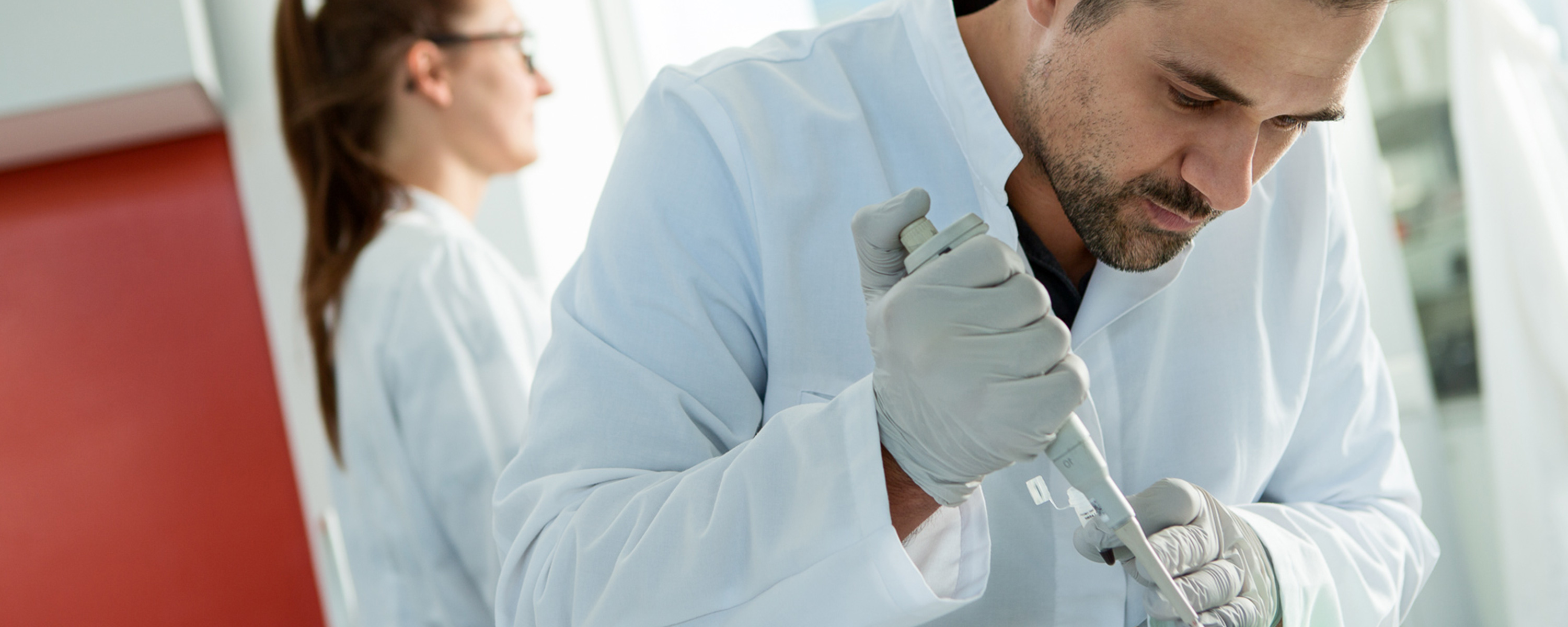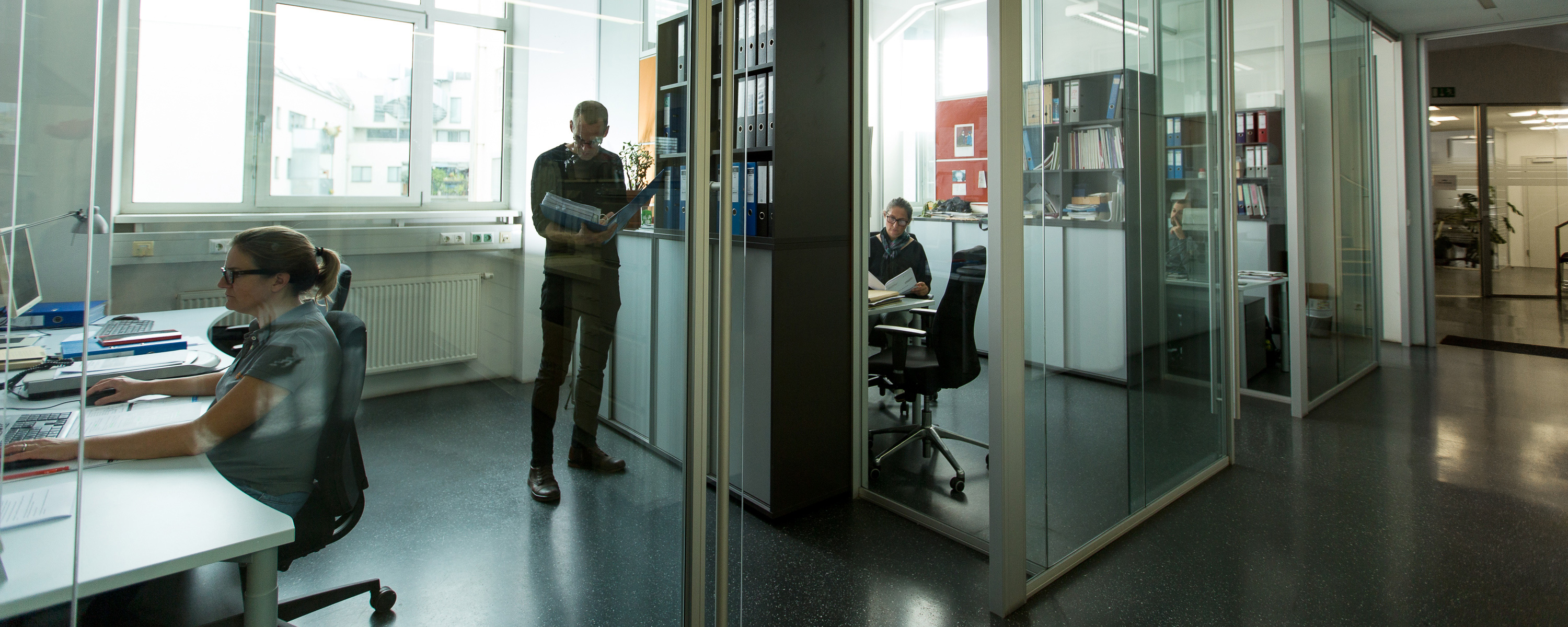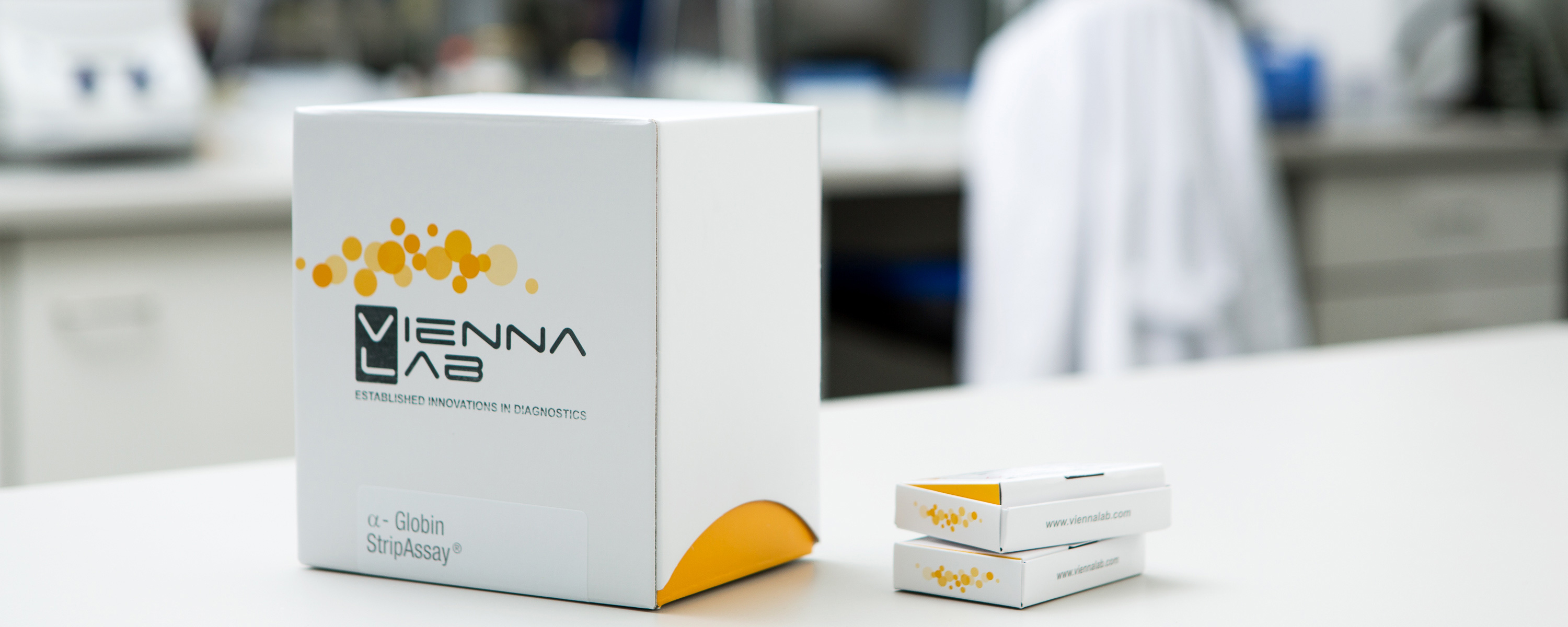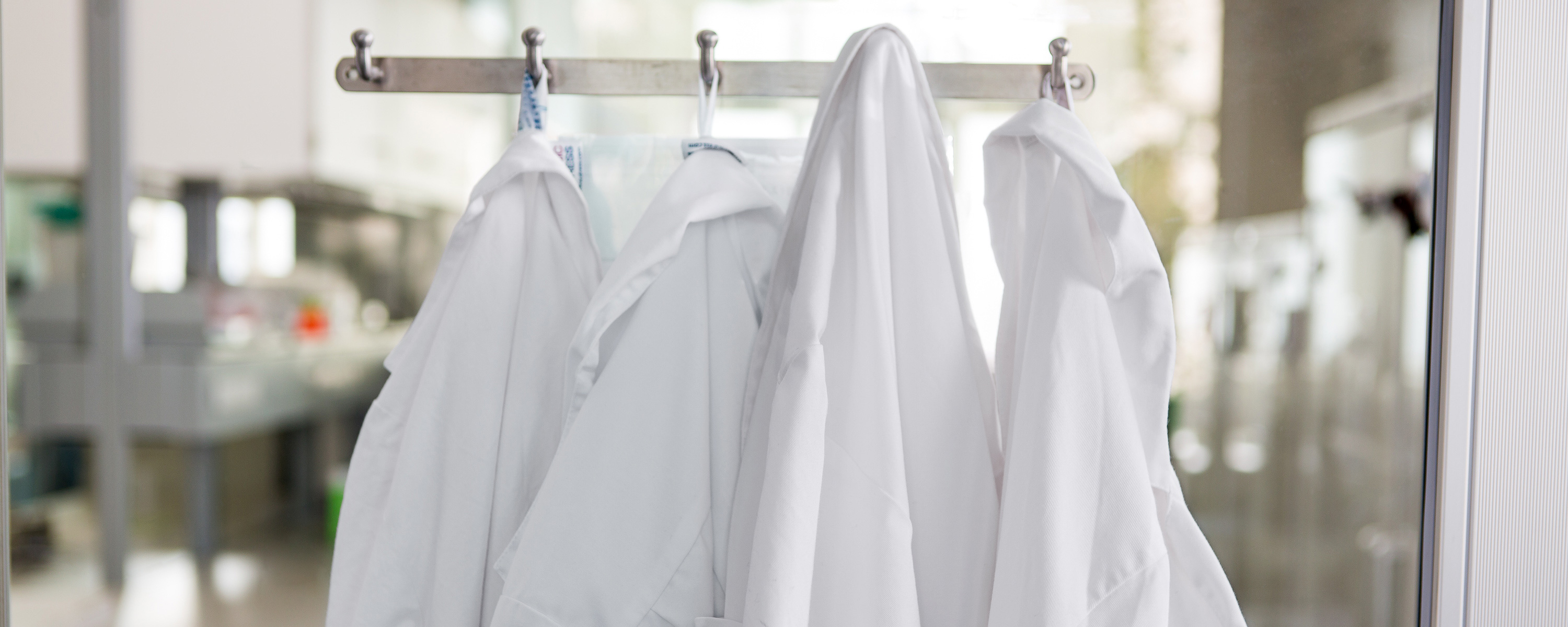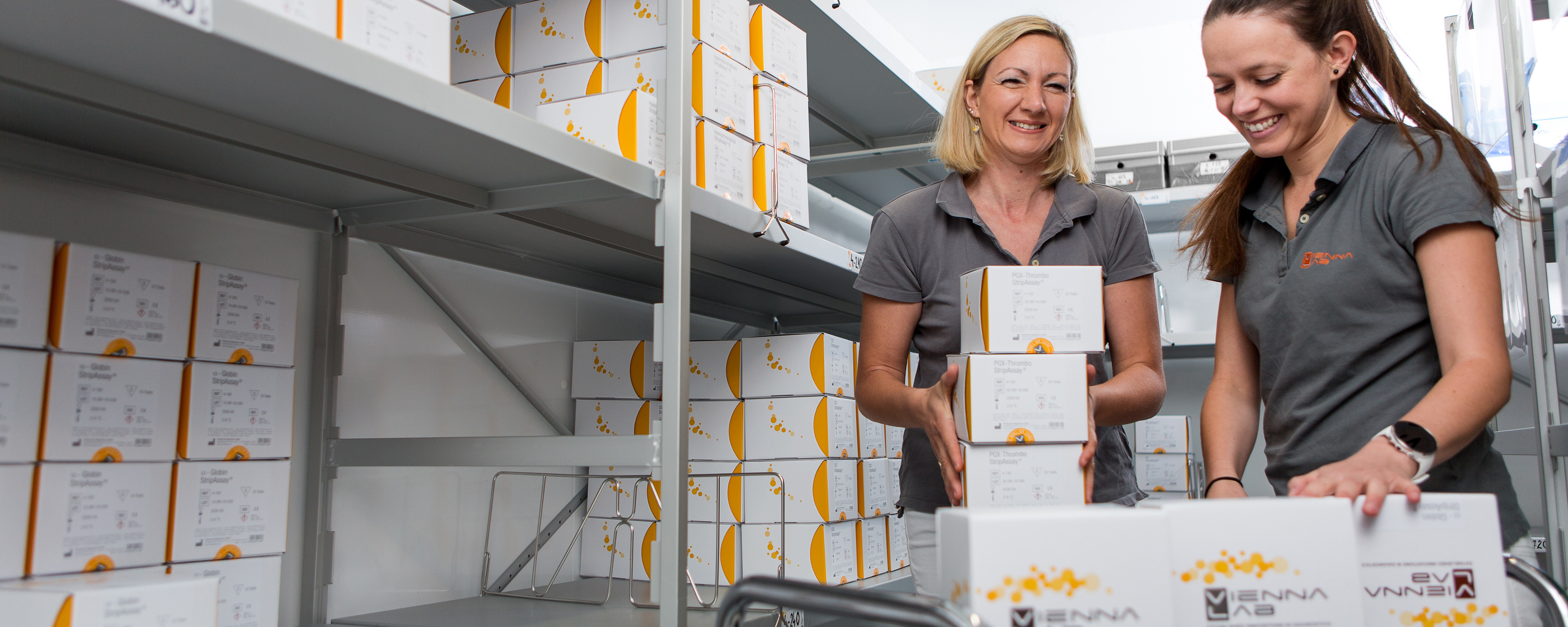Reduced activity or imbalances in the gut microbiome have been associated with a variety of conditions, including obesity, type II diabetes, and many more. ViennaLab 16S Microbiome + ITS NGS Assay, combining library preparation and bioinformatic analysis, enables species-level classification of bacteria and fungi colonizing the human gut.
Intestinal Microbiome
- Composition and diversity of the human gut microbiome have been linked to a wide range of phenotypes in health and disease.
- Targeted sequencing of the variable regions in the 16S rRNA gene and ITS2 region provides a rapid and easy way to assess the bacterial and fungal composition in the human intestine.
- The ViennaLab 16S Microbiome + ITS NGS Assay in conjunction with the ViennaLab Microbiome Analysis Webtool offers a powerful end-to-end solution combining library preparation and bioinformatic analysis. Diversity statistics, informative summary tables and graphical output are generated to facilitate the rapid review and comprehensive evaluation of the bacterial and fungal composition in the analyzed samples.
- The kits allow multiplexing of up to 288 samples and we recommend the Illumina MiSeq instrument (due to the minimum read length requirement of 2x250bp and sequencing output).
Key features of the new 16S Microbiome + ITS NGS Assay
- Powerful all-in-one solution includes all reagents required for library preparation, bioinformatics analysis, and report generation
- Simultaneous detection of bacteria and fungi in one assay without additional steps
- Species-level identification of bacterial and fungal communities from an input as low as 25 ng.
- ITS2 primers supplied as an add-on for user flexibility
- Fast and optimized 2-step protocol that minimizes set-up time
- Easy set-up with all PCR1 primers in a single tube
- Balanced heterogeneity spacers to increase library complexity, and improve sequencing quality
- Ready to sequence libraries in less than 3 hours
- Dual-indexed libraries allow pooling of up to 288 samples
- Elimination of PhiX spike-in results in lower reagent consumption, more samples per sequencing run, and therefore lower cost per sample
- Enhanced analysis pipeline with additional QC and filtering steps enables more accurate species classification
In addition, adhering to the environmentally friendly mindset of our ViennaLab products – we reduced the number of tubes in order to generate less waste.
For the assessment of the number of samples that can be sequenced with the used sequencing chemistry, the calculation of the sample pooling, and the assistance with the sample sheet generation, please refer to the ViennaLab MicrobeCalc™.
Are you interested in seeing how the final data generated with our Microbiome Analysis Webtool will be presented in order to facilitate the rapid review and comprehensive evaluation of the bacterial composition of your samples? Feel free to contact us via
Note 1: REF 9-131, 9-132, 9-133 differ only in Indexing Primer Sets. If you plan to sequence more than 96 samples on one flow cell, please order kits with different sets (e.g. Set A and Set B). Make sure that all individual libraries sequenced in the same pool have a unique indexing primer combination.
Note 2: Indexing primers of REF 9-131-16 overlap with REF 9-131 Set A.
Disclaimer: The 16S Microbiome + ITS NGS Assay enables the analysis of bacterial and fungal species that can be differentiated through the V3V4 and ITS2 regions, for which their reference sequences are available in established databases. In principle, the assay can be used with any input sample containing high-quality bacterial and fungal DNA in sufficient quantities (e.g., DNA from urine, vaginal fluid, saliva). The reference ranges and explanatory content provided in the PDF report are currently tailored to the gut microbiome analysis. In addition, users will need to validate their DNA extraction kit.
Citations:
1. Pitekova B, et al., 2025. The gut microbiome and metabolome in children with a first febrile urinary tract infection: a pilot study. Pediatr Nephrol. doi: 10.1007/s00467-025-06782-6
2. Nechalova L, et al., 2024. Gut microbiota and metabolic responses to a 12-week caloric restriction combined with strength and HIIT training in patients with obesity: a randomized trial. BMC Sports Sci Med Rehabil.,16:239. doi: 10.1186/s13102-024-01029-7.
3. Kwon H, et al., 2024. Effect of Lacticaseibacillus rhamnosus IDCC 3201 on irritable bowel syndrome with constipation: a randomized, double-blind, and placebo-controlled trial. Sci Rep., 14:22384. doi: 10.1038/s41598-024-72887-x.
4. Adamova LM, et al., 2024. Impact of dance classes on motor and cognitive functions and gut microbiota composition in multiple sclerosis patients: Randomized controlled trial. Eur J Sport Sci., 24:1186-1196. doi: 10.1002/ejsc.12166.
5. Bielik V, et al., 2023. The effect of physical exercise and dairy probiotics (Lactobacillus casei) on gut microbiome in childhood cancer survivors. Neoplasma, 70:588-596. doi: 10.4149/neo_2023_230526N287.

